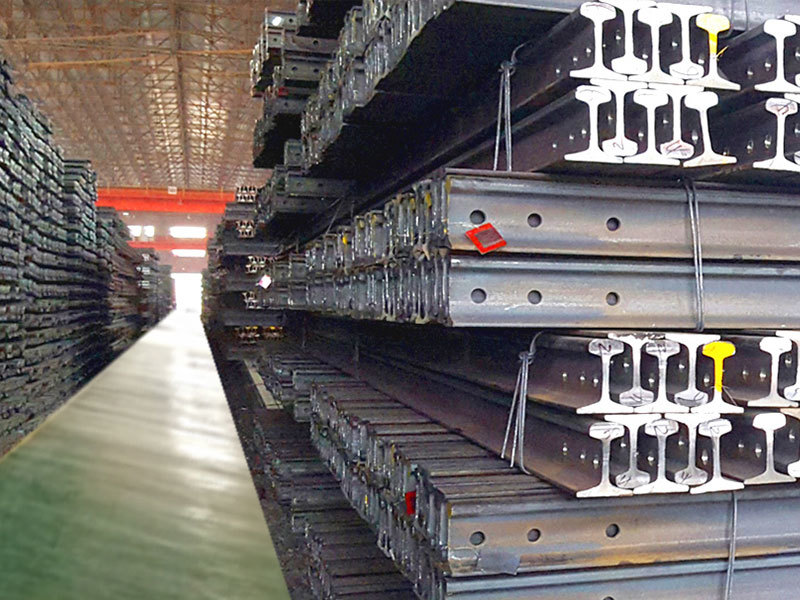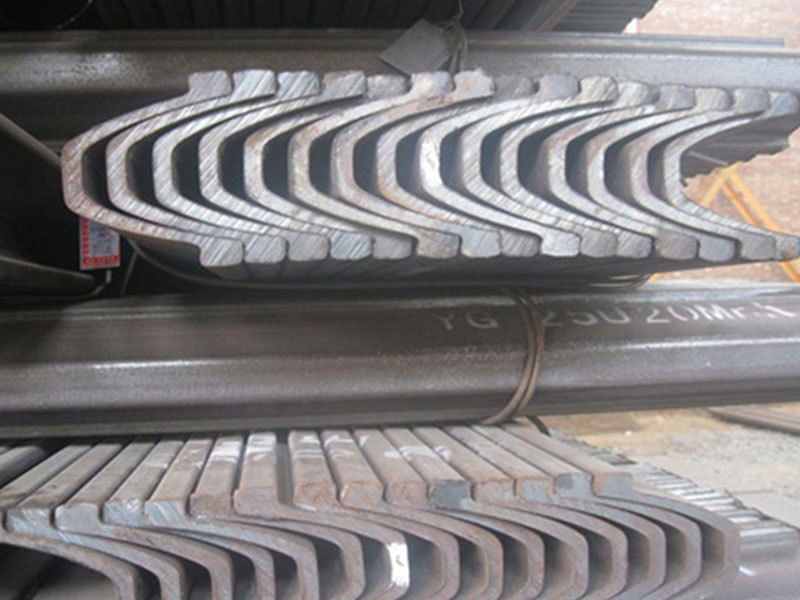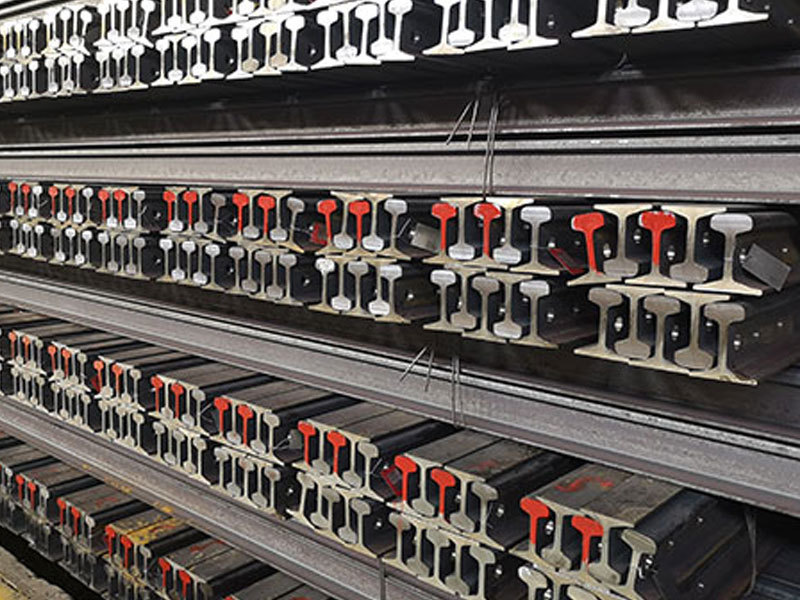The differences between heavy rails, light rails, and crane rails in railway tracks are as follows: 1. **Heavy Rails**: These are designed to support high-speed trains and heavy loads. They are thicker and heavier, providing greater stability and durability. Heavy rails are typically used in mainline tracks where high traffic and heavy freight are common. 2. **Light Rails**: These are lighter and thinner compared to heavy rails. They are used in lower traffic areas, such as branch lines or light rail systems. Light rails are suitable for lighter trains and lower speeds, making them more economical for certain applications. 3. **Crane Rails**: These are specifically designed for overhead cranes and other lifting equipment. Crane rails are built to withstand the dynamic loads and stresses imposed by moving cranes. They are often installed in industrial settings, such as warehouses and manufacturing plants, where heavy lifting is required.
Rails play a very important role in China's railway transportation. There areheavy rails, light rails, and crane rails.Three types. The difference between heavy rails and light rails lies in the weight of the rails per unit length. Rails weighing more than 24 kg per meter are called heavy rails; rails weighing less than 24 kg per meter are called light rails. Heavy rails can be divided into general heavy rails and crane rails based on their use. General heavy rails are mainly used on railway tracks, while crane rails are mainly used on the guide rails of cranes. From the cross-section of the rails, the shapes of the two are slightly different; heavy rails are shorter in height, with greater width and web thickness, while crane rails are the opposite.
Heavy rails are different from light rails; they are tracks for heavy vehicles rather than the weight of the tracks themselves, but they are indeed very important: because the tracks for heavy vehicles are thicker, they are also heavier, thus requiring higher specifications for the rails.
The weight of the rails is expressed in kilograms per meter of net weight.
Heavy rails: Rails with a nominal weight greater than 60 kg per meter are classified as heavy rails, which can be further divided into general rails and crane rails. Ordinary rails refer to those used for laying railway main lines, special lines, curves, and tunnels. Standard rail lengths are 25m and 50m or 500m for high-speed rail, with continuous welding for laying curved tracks, and slightly shorter lengths include 24.96m, 50.92m, etc. The specifications for 500m high-speed ordinary rails are 60, 75, and 100 (kg/m).
Heavy rails have a larger cross-section than light rails and can withstand greater forces. The early railway main lines used 78 kg rails, while the current ones use 60 kg and 75 kg rails.
Heavy rail scope: regional railways, intercity railways, urban railways, urban rapid railways, and subways all belong to heavy railways.
Understanding the rail system: vehicle weight is divided into light rail and heavy rail. Rail widths are divided into broad gauge, standard gauge, and narrow gauge (including meter gauge and inch gauge).
Tag:
recommend News
Saint Ark explains what light rail is.





